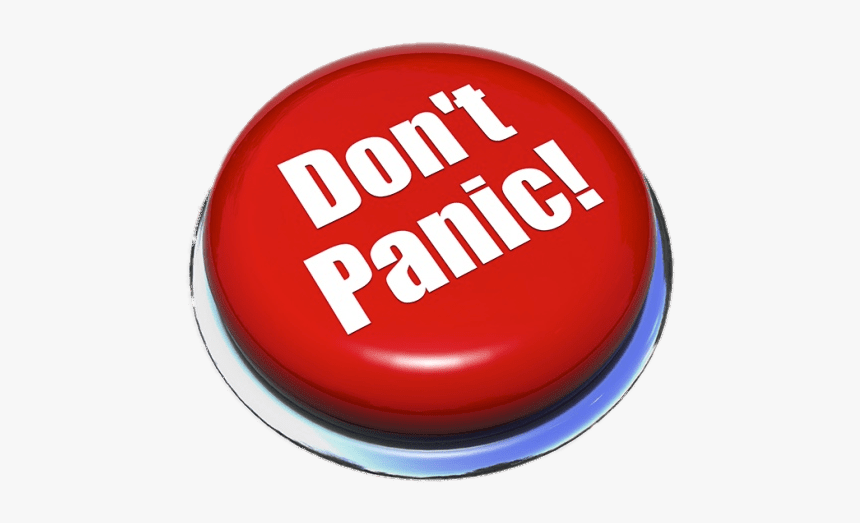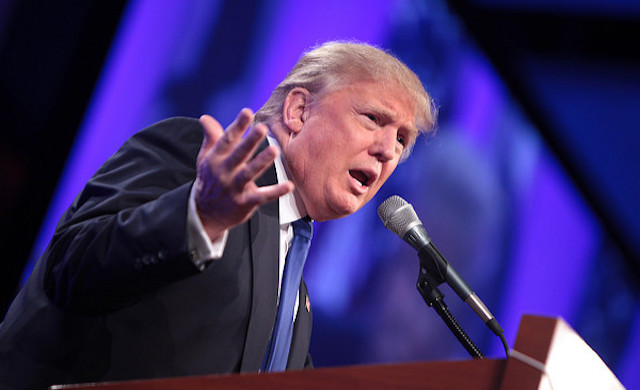

Individuals with social phobia experience concerns about embarrassment and are afraid that others will judge them to be anxious, weak, “crazy”, or stupid. That any dreams about the phobic event or situation are analyzed.ġ2) Some of the defining features of Social phobia are described in DSM-IV-TR as:

The individual has ample opportunity to talk about the phobic event or situation. The phobic beliefs that sufferers hold about their phobic event or situation. Incorrect.ġ1) One important issue in therapy for specific phobias is to address:Įnsure the individual never comes in contact with the phobic event or situation. Incorrect.ġ0) The disease-avoidance model of animal phobias (Matchett & Davey, 1991) is supported by which of the following?Įvidence that a medical approach supports psychological disturbances.įindings that sick individuals avoid animals.įindings that high levels of disgust sensitivity is a vulnerability factor for animal phobias.Ĭorrect! Disease-Avoidance Model: The view that animal phobias are caused by attempts to avoid disease or illness than might be transmitted by these animals. Incorrect.ĩ) Recent evidence suggests that at least some phobias are closely associated with the emotion of:Ĭorrect! Disgust: A food-rejection emotion whose purpose is to prevent the transmission of illness and disease through the oral incorporation of contaminated items. Incorrect.Ĩ) Which of the following is a predominant evolutionary theory of phobias?:Ĭorrect! Biological Preparedness: A theory which argues that we have a built-in predisposition to learn to fear things such as snakes, spiders, heights, and water because these have been life-threatening to our ancestors. Incorrect.ħ) According to conditioning theory Incubation is a phenomenon that should lead to:Ĭorrect! Incubation: A common clinical phenomenon where fear increases in magnitude over successive encounters with the phobic stimulus - even though it is not followed by a traumatic consequence. classical conditioning or operant conditioning.

Pairing the unconditioned response with the unconditioned stimulus (UCS) to produce the conditioned response (CR).Ĭorrect! Conditioning: A form of learning in which an organism learns to associate events together (e.g. Pairing the rat - the conditioned stimulus (CS) with the unconditioned stimulus (UCS) which produced the unconditioned response (UCR) and subsequently conditioned response (CR). Pairing the conditioned response (CR) with conditioned stimulus (CS) which produced the unconditioned stimulus (UCS). Pairing the unconditioned stimulus (UCS) with unconditioned response (UCR) to produce the conditioned stimulus. Incorrect.Ħ) In the famous “Little Albert” study by Watson & Rayner, they attempted to condition in him, a fear of his pet white rat. Incorrect.ĥ) Psychodynamic theory as developed by Freud saw phobias as:Ĭorrect! Psychodynamic Approaches: Theories which assume that unconscious conflicts develop early in life, and part of the therapy is designed to identify life events that may have caused these unconscious conflicts.
#PANIC MODE DEFINITION HOW TO#
How to react when they are in the phobic situation.Ĭorrect! Phobic Beliefs: Beliefs about phobic stimuli that maintain the phobic's fear and avoidance of that stimulus or situation. Information about why they think the phobia is threatening. Incorrect.Ĥ) In phobia individuals acquire a strong set of phobic beliefs which: Incorrect.Įxcessive worry bouts triggered by a specific object or situation.Īn excessive, unreasonable, persistent fear triggered by a specific object or situation.Ĭorrect! Specific Phobias: Excessive, unreasonable, persistent fear triggered by a specific object or situation. physical or sexual abuse during childhood), and experiences such as these may increase an individual's risk of developing several anxiety-based problems.Ĭorrect! Comorbidity: The co-occurrence of two or more distinct disorders. Physiological symptoms of panic are found not only in panic disorder, but also in the reactions to phobic stimuli in specific phobias.Ĭognitive biases - such as information processing biases that tend anxious people to selectively attending to threatening stimuli (Mathews & McLeod, 1994) - are common to almost all anxiety disorders.Ĭertain specific early experiences can be found in the aetiology of a number of different anxiety disorders (e.g. Incorrect.Ģ) Which of the following are common aspects of co-morbidity in anxiety disorders? You should still be able to navigate through these materials but selftest questions will not work.Īn emotional state identified by panic attacks.Īn emotional condition classified by excessive checking.Īn excessive or aroused state characterized by feelings of apprehension, uncertainty and fear.Ĭorrect! Anxiety Disorder: An excessive or aroused state characterised by feelings of apprehension, uncertainty and fear. Your browser does not support Javascript.


 0 kommentar(er)
0 kommentar(er)
